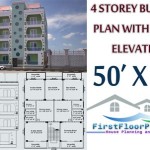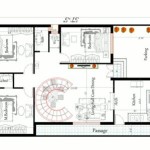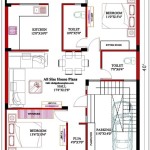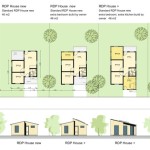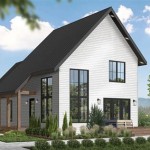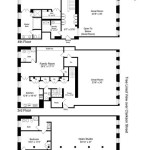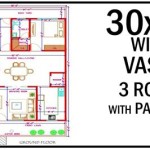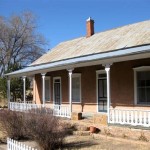Plans for Bird Feeders and Houses
Attracting birds to a backyard or garden offers numerous benefits, from natural pest control to the simple pleasure of observing wildlife. Providing food and shelter through strategically placed bird feeders and houses is key to creating a bird-friendly environment. A wide variety of plans are available for constructing these structures, ranging from simple to complex designs, catering to different skill levels and budgets.
Before selecting or designing a bird feeder or house, several factors should be considered. The types of birds common to the local area should influence the choice of design. Different species have varying feeding habits and preferences for feeder styles. For example, finches prefer tube feeders with small perches, while larger birds like jays or cardinals are better suited to platform or hopper feeders. Similarly, the size and placement of the entrance hole on a birdhouse should be appropriate for the intended occupants to deter larger, more aggressive birds.
Materials are another crucial consideration. Cedar, redwood, and cypress are popular choices for birdhouses due to their natural weather resistance and durability. Pine and fir are less expensive options, but they require more frequent maintenance and may need to be treated with a non-toxic sealant. For bird feeders, materials like plastic, metal, and recycled materials can be used, depending on the design. It’s essential to choose materials that are safe for birds and can withstand exposure to the elements.
Simple bird feeder plans often involve using recycled materials. A plastic bottle can be easily converted into a feeder by cutting out feeding ports and adding perches. Pine cones coated in peanut butter and birdseed offer a natural and readily available feeding option. More elaborate plans might involve woodworking skills to construct hopper or platform feeders from wood. These designs often incorporate features like roofs to protect the seed from rain and drainage systems to prevent moisture buildup.
Birdhouse plans vary considerably in complexity. Basic designs utilize a single piece of wood for the back and sides, while more advanced plans incorporate multiple pieces for a more aesthetically pleasing and functional structure. Important design elements include proper ventilation to prevent overheating, drainage holes to remove rainwater, and a method for cleaning the house after nesting season. Specific dimensions, such as the size of the entrance hole and the interior floor space, should be tailored to the target bird species.
Numerous free plans for bird feeders and houses are available online and in woodworking magazines. These resources often provide detailed instructions, material lists, and diagrams. Websites dedicated to birdwatching and conservation are excellent sources for species-specific information and recommendations for attracting particular birds. Local libraries and bookstores also offer books and guides with construction plans and tips for building bird-friendly structures.
Building a bird feeder or house can be a rewarding project for individuals or families. It provides an opportunity to learn about local bird species and contribute to their conservation. Furthermore, observing birds interacting with the structures provides ongoing enjoyment and a connection with nature. When selecting a plan, it's essential to consider the available skill level and resources, choosing a design that is both achievable and suitable for the local bird population.
Placement of bird feeders and houses is vital for attracting birds and ensuring their safety. Feeders should be located in areas where birds can easily access them but are also protected from predators. Positioning feeders near shrubs or trees offers birds a place to escape if threatened. Birdhouses should be placed at a height appropriate for the target species, away from high-traffic areas and potential hazards.
Maintenance of bird feeders and houses is essential for the health and well-being of the birds. Feeders should be cleaned regularly to prevent the spread of diseases. Old or moldy seed should be discarded, and the feeder should be washed with soap and water. Birdhouses should be cleaned after each nesting season to remove old nesting material and parasites. Regular maintenance ensures a healthy and welcoming environment for the birds.
Beyond constructing feeders and houses, providing a water source is crucial for attracting birds. A birdbath or shallow dish of water offers birds a place to drink and bathe. Positioning the water source near trees or shrubs provides a sense of security for the birds. During colder months, a heated birdbath can be a valuable addition to a bird-friendly backyard.
Creating a welcoming habitat for birds involves more than just providing food and shelter. Planting native trees, shrubs, and flowers provides natural food sources and nesting sites. Minimizing the use of pesticides and herbicides creates a healthier environment for birds and other wildlife. By considering these factors, a backyard can be transformed into a thriving ecosystem that supports a diverse bird population.

Build A Bird Feeder Free Plans Construct101

Build A Bird Feeder Construct101 Wooden Feeders Plans Wood

Build A Bird Feeder Free Plans Construct101

Diy Bird Feeder Plans Simple Homemade Projects Patterns Monograms Designs Templates

Diy Bird Feeder 4 And 20 Minutes To Make 100 Things 2 Do

Wooden Bird Feeder Plans Feeders Wood

Food For The Flock Build An Attractive Bird Feeder Wooden Feeders Gazebo Houses Ideas Diy

Bird Feeder Plans Free Construct101

2 Cedar Birdfeeder Ana White

Free Bird Feeder Plans Easy Step By Instructions

